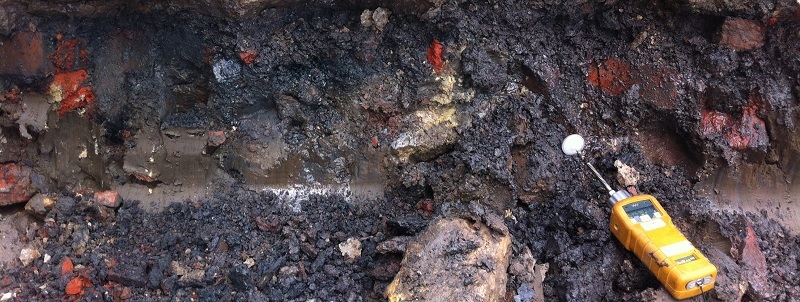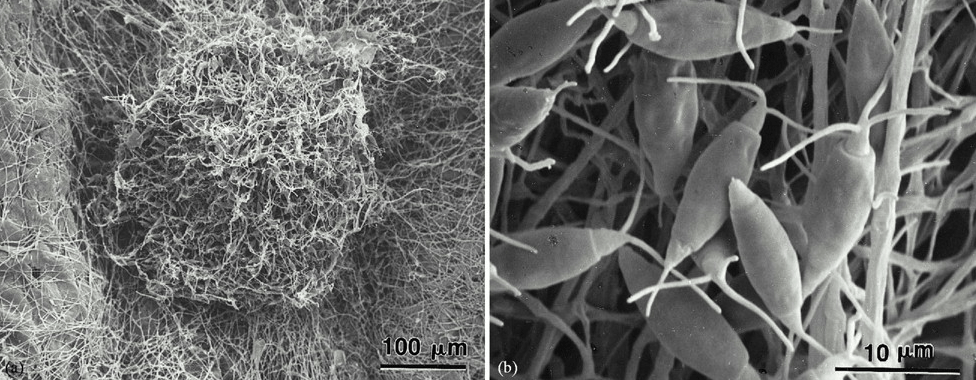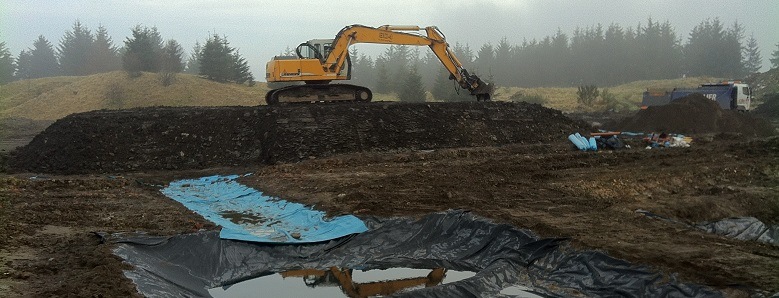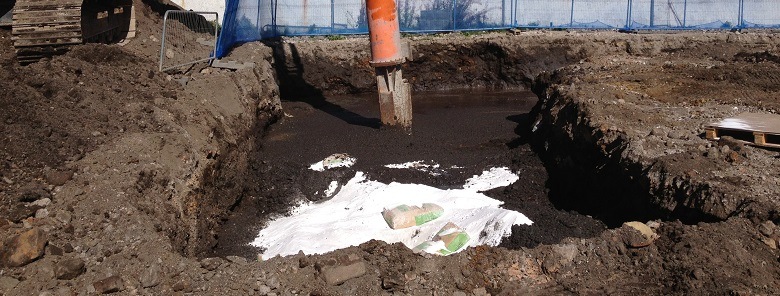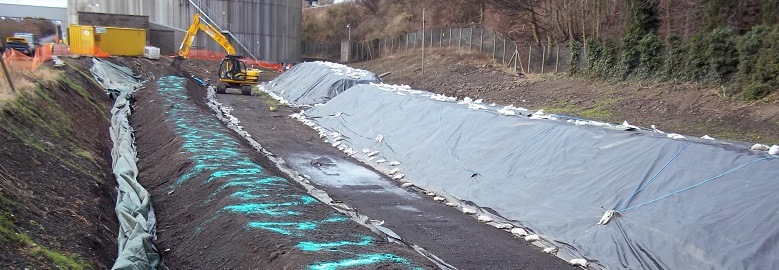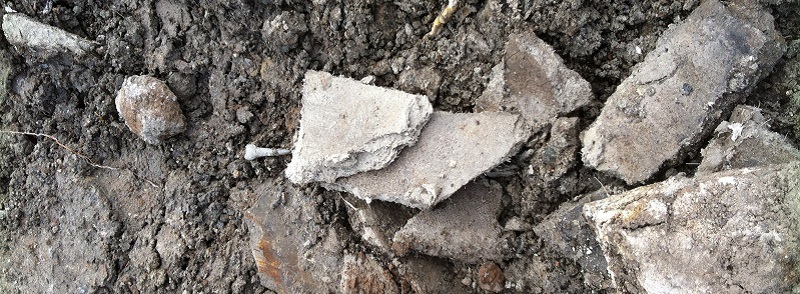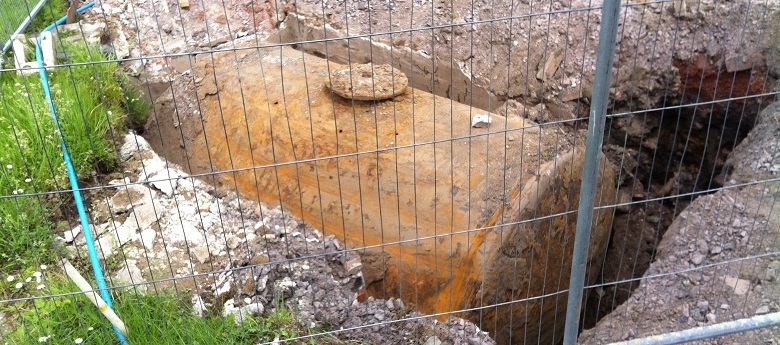Contaminating the Water Environment, or even the possibility of contaminating the water environment, are significant factors in the determination of contaminated land. SEPA have recently released a new version of their ‘Brown Booklet’ which outlines their approach to ‘Water Pollution Arising from Land Containing Chemical Contaminants’ Edition 2.
In the booklet SEPA have set out their approach to the assessment of water pollution in 3 stages, giving us all a great place to start and for the remediation contractor in Scotland, a place to finish (Text taken directly from the Brown Booklet which can be found here)-
Stage 1 – Develop a Conceptual Site Model to identify possible sources, receptors, and pollutant linkages;
Stage 2 – Determine Assessment Points and Assessment Limits appropriate to each receptor;
Stage 3 – Establish if any linkage is resulting in, or could result in significant pollution of the water environment.
We like the extra meat on the Source-Pathway-Receptor bones which drive our industry.
Another note of interest to the Scottish Remediation Contractor is that SEPA also state that they are responsible for securing remediation of ‘special sites’ as defined by the Contaminated Land (Scotland) Regulations 2000. Enforcing remediation is a significant and useful power, doing so in a timely manner is another issue, and one which we hope can be addressed at some stage.



